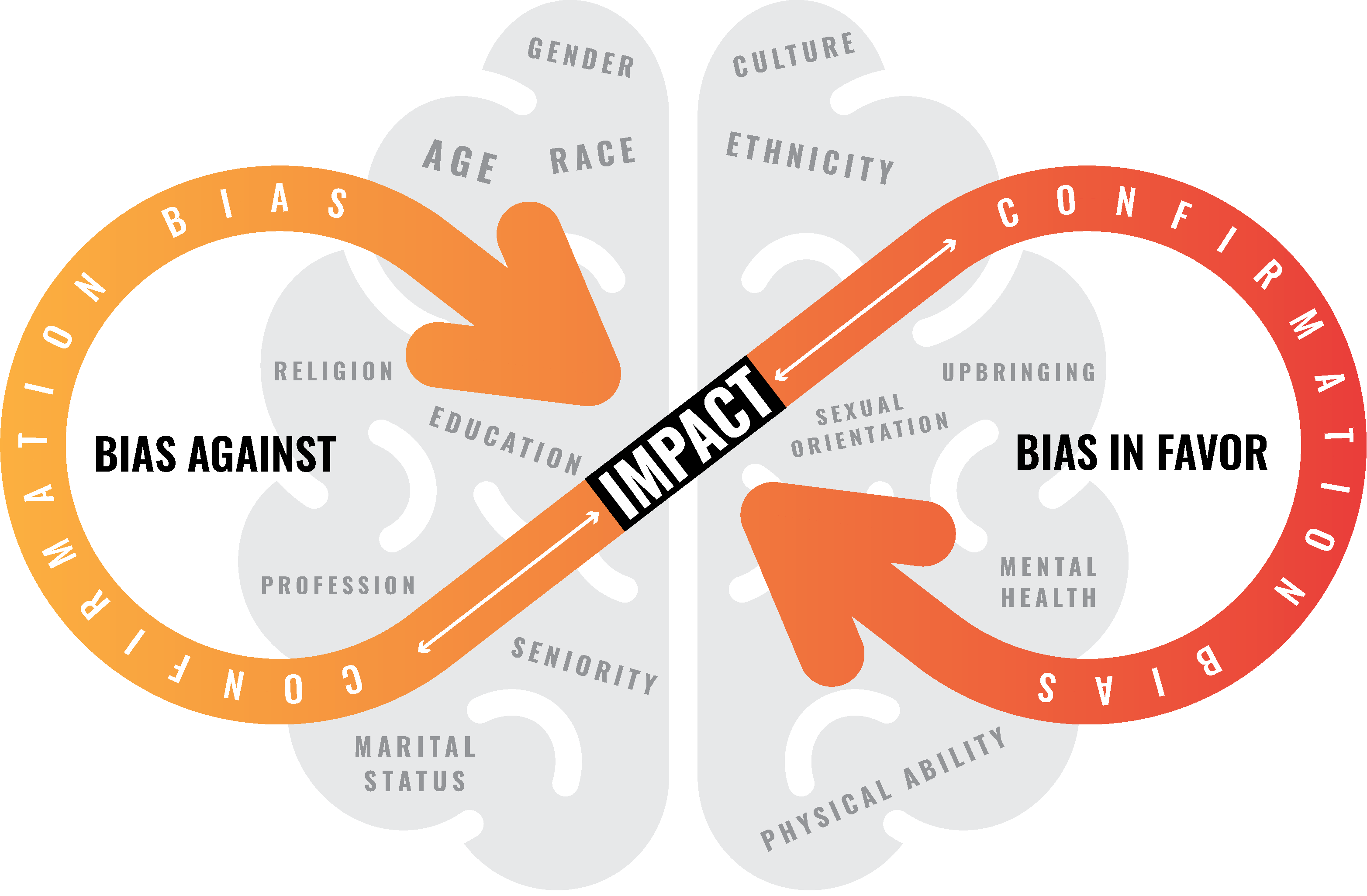Leading a board as the only person of color brings unique pressures—from invisibility to representation burden. This blog explores challenges and offers steps for inclusive boardrooms.RetryClaude can make mistakes. Please double-check responses.
Hiring decisions got you doubting your objectivity? Explore the hidden biases at play and learn how to create a truly equitable hiring process.

Have you ever questioned the fairness of a hiring decision? Wondered if unconscious biases may have subtly influenced your assessment of candidates? If so, you're not alone. Biases, both for and against individuals based on their identities, can insidiously seep into even the most well-intentioned hiring processes. Recently, a client shared a concern about potential racial bias in a recent hiring decision, sparking a discussion that shed light on the dual-sided nature of bias.
The final selection came down to two candidates: a white woman and a Black woman. Both hiring team members believed the white woman was more qualified, so they extended an offer to her. My client wondered, however, if bias was at play. He shared that he had a previous experience believing a white candidate was more qualified than a Black candidate. Still, they hired a Black candidate who was incredibly successful in the role.
Sitting across the virtual table facing the Black woman, he returned to that experience. He began to feel nervous, wondering if his assessment of this Black woman would be informed by unconscious bias and lead him to make the wrong choice.
When he shared this with me, I asked, “Did you have the same feeling when you interviewed the white man?”
“No,” he responded.
Why not? It’s easy to forget the dual-sided nature of the bias cycle—it’s not just biased against people based on their identities (Black, in this case); it’s also about examining our biases in favor of people based on their dominant or shared identities (white, in this case).

He was concerned with avoiding bias against the Black woman but never considered the possibility of bias in favor of the white woman. It’s only by addressing both sides of this cycle that we will put an end to inequitable outcomes.
Here are some tips for checking your biases - in favor and against - during the interview process:
Prioritizing equitable hiring isn't about disregarding identities or hiring solely based on them. Equitable hiring is about fairness. It's about ensuring that your hiring process allows you to identify the most qualified individual for the role accurately. By consciously addressing both sides of the bias cycle, employing consistent questioning, focusing on presented skills and behaviors, and adopting a bias-aware approach, you can pave the way for a more inclusive and equitable workplace. Remember, equitable hiring is not just fair; it's also the key to unlocking the full potential of a diverse workforce. By embracing these strategies, you'll not only make better hiring decisions but also contribute to a more just and equitable future for all.
Ideas and tools for teams building equity into how they work—sent with purpose, not noise.
Explore stories, strategies, and reflections that fuel equity-driven leadership and action.